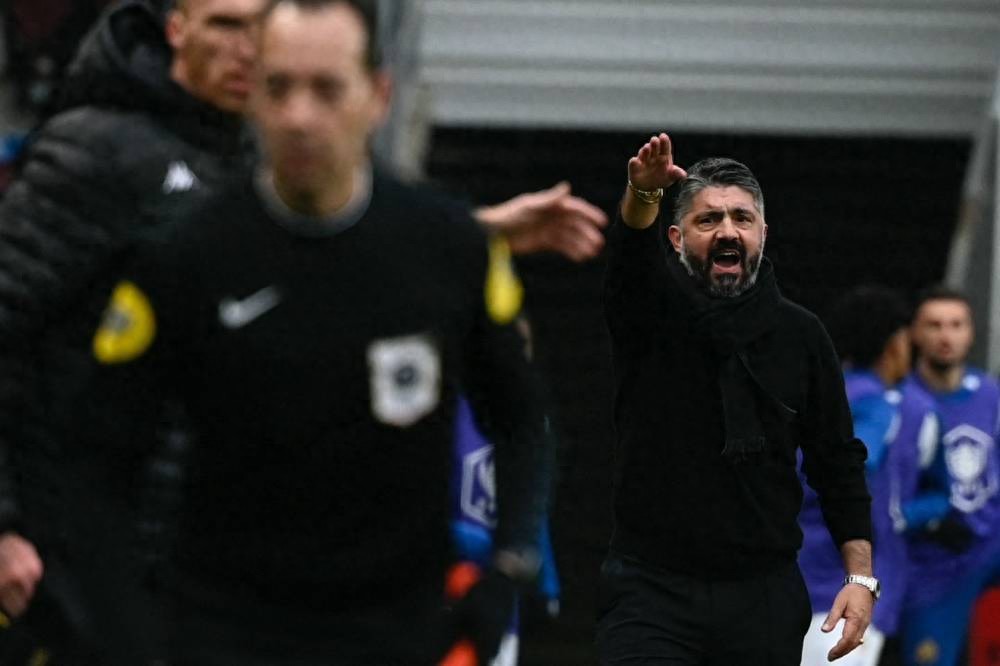Italy & Brazil Coaching Dilemma: A Typical Case of Resource Misallocation in Football Powerhouses

By Han Bing When discussing the collapse and vicious cycle within the national team football coaching ecosystem, one cannot avoid the issue of top coaching resources being misallocated between clubs and national teams in the football giants Brazil and Italy. Both countries are renowned for producing high-level coaches, yet their national teams have seen a steady decline in securing top-tier head coaches. After Tite’s dismissal at the end of 2022, Brazil, five-time World Cup champions, endured a long wait of two and a half years before appointing Ancelotti, who had just left Real Madrid.
Italy is no different. After Spalletti’s departure, coaches like Ranieri, Allegri, and Pioli all declined the position, leaving the federation to rely on the star power of the 2006 championship generation.
The coaching difficulties faced by traditional powerhouses Brazil and Italy stem from complex and varied causes but ultimately boil down to the comprehensive advantage club football has gained over national team football in recent years. In short, it’s hard to find national team coaches in weaker football nations, and just as difficult in the strong ones.
Brazil’s Samba Coaching Challenge Is Not Due to a Lack of Top Coaches
Brazil, naturally seen as a World Cup favorite, has always had the highest pressure on its national team coaches, yet this hasn’t stopped Brazilian coaches from winning the most World Cups. However, since Scolari’s glory in 2002, the Brazil head coach position has become increasingly undesirable.
Brazil is not short of domestic coaches; it boasts 1,927 coaching schools compared to Argentina’s 300. Even accounting for population differences, Brazil still leads in coach development numbers.
In top South American competitions like the Brazilian Serie A and the Copa Libertadores, Brazilian coaches have achieved remarkable success over the past two decades. Of the 40 Copa Libertadores final spots in 20 years, Brazilian teams occupied 22, with four finals featuring two Brazilian teams in the last five years. Coaches like Muricy, Autuori, Braga, Renato Gaúcho, Tite, Cuca, Oliveira, Dorival, Diniz, and even the seasoned Scolari continue to win titles in South America and Brazil’s top league.
However, after Tite’s departure at the end of 2022, the Brazil head coach role became a hot potato. Both domestic coaches and foreign candidates favored by the Brazilian Football Confederation declined the job. Leading Brazil’s national team should be a prestigious honor, yet in 2023, when Brazil cast a wide net for candidates, Guardiola, Mourinho, and Zidane all refused, and even Portuguese coaches Jesus and Ferreira, active in the Brazilian league, remained silent. Among domestic coaches, Dorival and Scolari had just reached the Libertadores final, Meneses and Diniz finished second and third in Serie A, but all chose to remain at clubs where success is easier. On the surface, Brazil’s coaching difficulty stems from management challenges, locker room cohesion issues, and heavy pressure from short-term goals, but the root cause is the overwhelming advantage club football holds over national teams compared to 20 years ago.
Later, Diniz and Dorival reluctantly took over the Brazil team, further proving that coaches successful at club level struggle to fully express themselves with the national team. Diniz served as interim coach while also managing Fluminense. Under his leadership, Brazil played six matches with 2 wins, 1 draw, and 3 losses before he was dismissed, while simultaneously winning the Libertadores with his club—a stark contrast. Dorival, a Libertadores-winning coach, also led different teams to consecutive Brazilian Cup titles but was fired after losing only twice in 16 matches with Brazil, including a defeat to Argentina, just like Diniz.
Nearly half of the Serie A coaches are foreigners, with nine foreign head coaches, and Brazil lacks homegrown coaches who have established themselves in the top five European leagues (except Motta, who trained in Italy). This is seen as evidence of Brazil’s shortage of elite coaches. Yet this year, young domestic coach Felipe managed to compete with two Portuguese coaches for the Serie A title and reached the Libertadores semifinals aiming for the trophy. Last year, Felipe won the Brazilian Cup in his first solo head coach role, and this year added the Super Cup and Rio State Championship titles. This proves Brazil can produce excellent domestic coaches. However, when choosing between clubs and the national team, Brazil’s most promising young coaches still prefer clubs. The reason is simple: club football offers better opportunities to develop young coaches’ skills, more achievements, and greater financial rewards.
Italy Is an Even More Extreme Example
Italy, also a producer of top coaches, represents another extreme compared to Brazil but shares the exact same problem regarding the difficulty of finding national team coaches.
Spalletti, who just led Napoli to a Serie A title, suffered an unstoppable downfall with the Italian national team, ruining his reputation. Italy seems like Brazil on the other side of the world. The difference is Brazil still has top stars, while Italy is stuck in a long period of talent drought at the highest level. To some extent, coaches refuse the Brazil job because it’s hard to unify European-style stars into a cohesive Samba team; Italian coaches decline because even the best cannot work miracles without quality players.
Moreover, the chaotic management of the Italian Football Federation, lacking planning and acting rashly—as seen when Spalletti was fired yet still had to lead the team against Moldova—is strikingly similar to Brazil’s federation. Everything happening in Italy mirrors Brazil almost exactly. Veteran Ranieri initially agreed to take over but negotiations broke down, reflecting Italian top coaches’ reluctance to manage the national team. Ranieri had already experienced the pressure of coaching a national team for just 12 days and 4 matches before being dismissed while managing Greece.
Subsequently, Serie A clubs’ accelerated “pursuit” of top coaches made the Italian federation deeply feel the national team’s waning appeal. Allegri and Simone Inzaghi received club offers that the federation could not match. Betting on the 2006 champions generation like Gattuso, De Rossi, and even Cannavaro proves Italy can no longer attract top coaches like Sacchi, Trapattoni, or Lippi. They can only hope the 20-year-old players’ championship glory can restore confidence to the Azzurri. Ultimately, backing Gattuso was both a fantasy and a helpless choice by the Italian federation.
At its core, Italian football exemplifies the extreme divide between club and national team ecosystems. Recently, club football has attracted massive capital investment, making Serie A’s market second only to the Premier League. Conversely, the Italian national team’s resources rank last among the countries of the top five leagues. No wonder they missed two consecutive World Cups.
A shortage of youth talent combined with chaotic federation management has worsened the national team coaching ecosystem. Few coaches who care about their reputation and want to progress are willing to risk working in such a challenging environment with top-down difficulties. Thus, the vicious coaching cycle of the Italian national team continues endlessly.










 Links
Links
 Contact
Contact
 App
App


